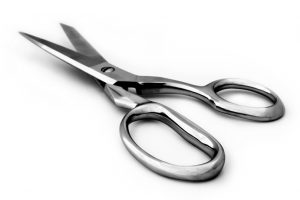
Excel displays information in cells, set out in a grid. Although the borders of these cells are visible on the screen, when you print Excel, these gridlines don’t usually print. Here are two ways show the outlines of cells on a printed sheet.
Although Excel does provide a way to print the gridlines, a better way is to use borders to selectively outline just the cells that need it, for example you may only want to display the vertical lines of the grid, rather than the full cell borders. Another way to separate different sections of your Excel sheet is to use cell fill colours.
.png)
Borders you apply to cells are different to the gridlines on the Excel sheet. Although they are called borders, Excel allows you to apply a border to a single side of any cell, creating an underline for example if applied to the bottom edge of a cell. You can also apply a border around a group of cells.
.png)
Select the cell, or multiple cells, that you want to apply a border to. Click the border dropdown list found in the Font group of the Home tab in Excel. Excel provides several standard borders, such as a bottom border or outside borders which you can click to apply, or you can click “More Borders” and choose your own settings.
.png)
If you select the “More Borders” option, first select the style and colour of the border you want to apply using the settings on the left of the Border settings box. Then click the controls to add the borders to each edge of your cell or selection. If you have selected multiple cells, use the “Inside” option if you want each cell to be outlined.
.png)
To fill a cell with colour is very simple. Select the cell or cells you want to fill with colour and click on the Fill Colour dropdown list, also found in the Font group on the Home tab. There are many standard colours to select from, or you can use the “More Colours” option to make your own special colours if needed.







